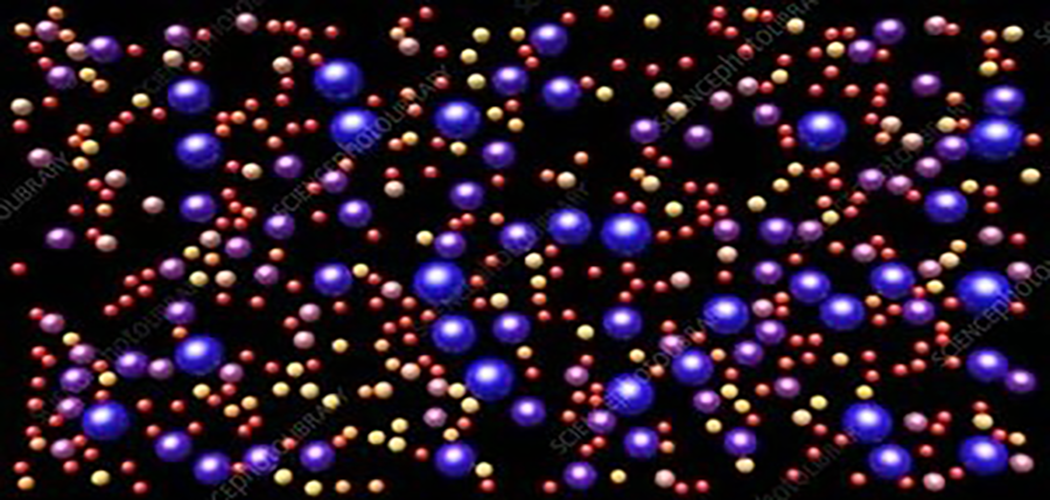Realizing The Impact of Event Driven Software Architecture (EDA) To Drive Actionable Business Insights
I am sure when Scottish botanist, Robert Brown, first observed pollen grains moving randomly in water in 1827, he would not have envisioned his Brownian motion being used in the confines of technology-driven actionable insights. Today, messages and events move at random as they collide with each persona they are communicating to. When building software of the future, curating these pieces of communication and interactions between various personas and actors can help us identify patterns, capture insights, and arrest failures of the future. This is the basis of event driven architecture where we define behaviors and execute actions as a reaction to one or a series of events captured amongst each actor in the architecture.
Events are chaotic, unplanned, and generated continuously within any enterprise. But, what if we could make sense of this randomness? In any organization, unstructured events such as emails, documented meetings, and other interactions, structured events across systems and events generated in micro-services continue to occur at rapid pace. Today using technology Robert Brown didn’t have at his disposal, we can capture and curate these events using Big Data to gain key insights towards the success of any project. This is exactly what we did a couple of years ago when we were planning the architectural approach for our automated, scalable, digital delivery conveyor, #nacc.
Built on an EDA paradigm, we used the industry grade opensource message bus to carry messages like veins of a central nervous system back to the main big data engine, industry grade opensource BPM as our main business process engine, and our own proprietary rules engine to help make sense of this event chaos. These messages were processed and interpreted using AI/ML algorithms to derive insights from these seemingly disconnected events, using signals from system generated events and alerts for proactive guidance against possible failures. These disconnected events, when connected in a particular order, showcased patterns of behavior, influence of one entity over another, and interconnections & relationships between multiple entities. Using network science, we were able to make sense of this random behavior and interactions taking place amongst all the components and the actors using the engine.
As the engine matured, we realized the opportunity for us to understand the personas deeper by capturing, studying and analyzing their interactions, events and communication. There are multiple actors involved in shipping great software, and we can use their interactions amongst each other to learn more about them and take actionable insights. The ability to capture situational information of events and interactions amongst all the personas can help us fuel on-demand business intelligence and deliver quick actionable insights. Through our deep and continuous learning built into our #nacc engine, we were able to capture each interaction amongst all entities to create a single dashboard visibility delivering insight-driven recommendations of today and predicting possible failures of tomorrow. We called this our Intelligence Centre.
Our ability to have a bird eye view of the current and future business intelligence through curating and studying interactions, behaviors and performance of actors and technology helped us to use these random events as fuel to accelerate actionable insights and arrest failures. Using an EDA paradigm assisted us in capturing an event at origin and coagulating multiple insights to specific actions for business leaders to implement.
Random events could now make sense, as patterns were identified and heuristic, data-driven business insights were derived. Random interactions will continue to take place in any complex structure, and we all have a choice: should we just label them as random as Brownian motion, or are the pollen grains in the water trying to tell us something? Something, that if seen in the right pattern can uncover great discovery. I believe in the latter.


Leave your comment